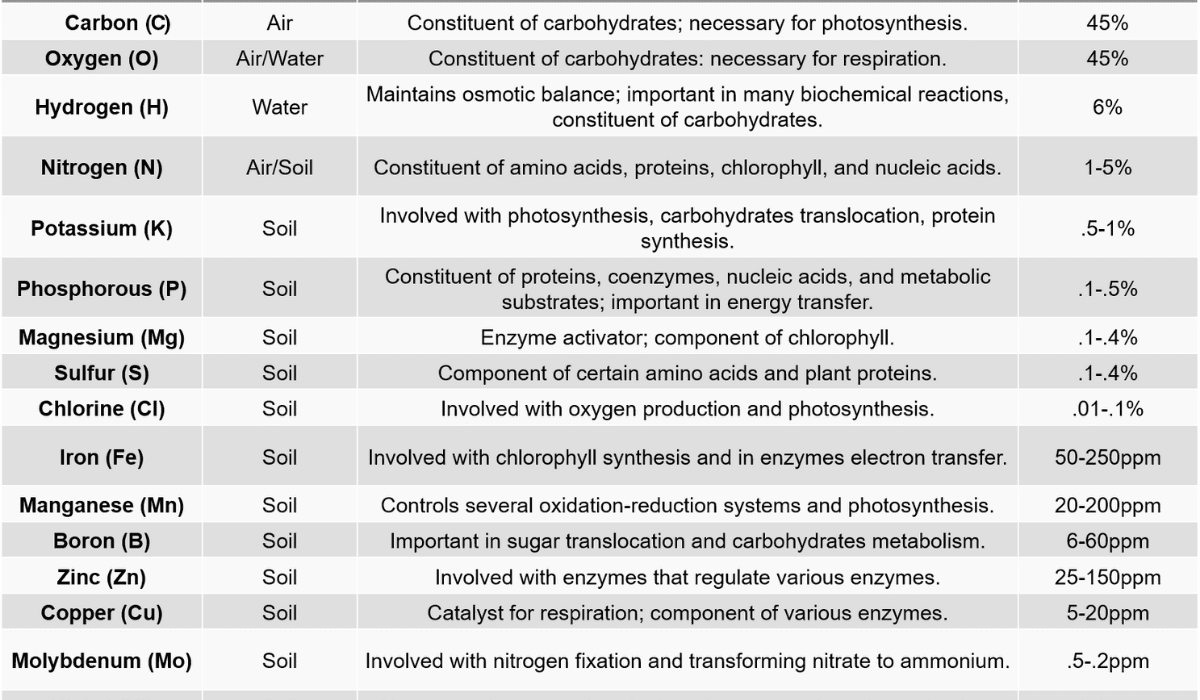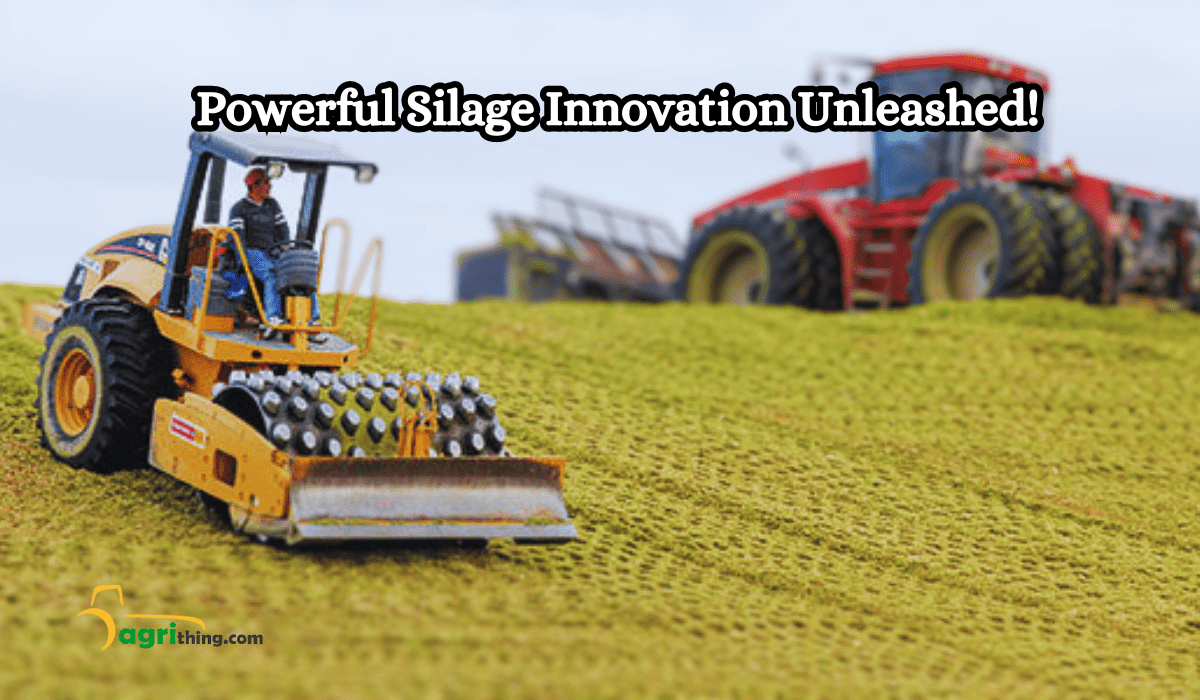Corn Silage Inoculants: Best Practices
Maize fodder is good food for animals. It has lots of nutrients and gives them energy at a low cost. Farmers and animal experts use inoculants to keep Maize fodder fresh and full of nutrients. They are like additives that help preserve the silage. In this article, we’ll talk about the best ways to use corn silage inoculants. We’ll cover how to choose and apply them and how to check if everything is going well. By following these tips, you can ensure the fermentation process works well and get the most out of your animal feed.
Table of Contents
Introduction
Corn silage inoculants are special products with good bacteria, usually called lactic acid bacteria. These bacteria help make the fermentation process in silage better. Using these inoculants can make the Maize fodder last longer and be easier for animals to digest. This leads to animals growing better and needing less feed, which saves money.
Understanding Corn Silage Fermentation
During the fermentation process in corn silage, sugars are changed into organic acids, especially lactic acid, by special bacteria called lactic acid bacteria. These acids lower the pH level, which stops harmful bacteria and molds from growing. To choose the best inoculant and make the process work well, it’s important to know the basics of Maize fodder fermentation.
Selecting the Right Corn Silage Inoculant
There are different kinds of Maize fodder inoculants to choose from. Some make mostly lactic acid (homofermentative), while others make lactic acid and other compounds like acetic acid and ethanol (heterofermentative). The choice of inoculant depends on how ripe the crop is, how much moisture it has, and what kind of fermentation you want.
Application Methods and Timing
There are different ways to apply Maize fodder inoculants. You can spray, mix, or add them directly to the forage while harvesting. Applying the inoculant is important because it determines when the good bacteria start growing in the silage. Applying it at the right time ensures the fermentation and preservation processes work well.
Storage and Handling Practices
It is very important to store and handle Corn fodder properly to keep its quality intact. When packing the silage, it’s crucial to make it compact so there is no oxygen inside. This helps create an environment without oxygen, which is needed for fermentation. Sealing and covering the fodder well is also important to keep air out and prevent spoilage.
Monitoring and Evaluating Silage Quality
Checking the quality of the silage regularly is important to see if the inoculant is working well and to find any problems that may arise. Tools like pH meters and temperature probes can inform how the fermentation is going. It’s also important to measure the amount of dry matter, the presence of mold, and the nutrients in the silage.
Corn silage inoculant application
Select the appropriate inoculant:
You can use different kinds of inoculants. Some have homofermentative or heterofermentative bacteria, while others have specific enzymes. Pick the right inoculant for your needs and talk to an expert or the manufacturer if you need help.
Follow the product instructions:
Make sure to read and comprehend the instructions given by the manufacturer. Following the recommended application rate is crucial, typically determined by the quantity of fresh forage or dry matter.
Prepare the inoculant solution:
Be sure to read and understand the instructions from the manufacturer. Following the recommended application rate is important, usually based on the amount of fresh forage or dry matter.
Apply the inoculant:
How you apply the product may differ based on your equipment and the specific product itself. Common methods include using a sprayer or applicator or adding the inoculant directly to the forage while chopping or ensiling it. Ensure the inoculant is spread evenly throughout the silage to ensure a consistent fermentation process.
Pack and seal the silage:
Once you’ve applied the inoculant, it’s important to tightly pack the silage to eliminate as much air as possible. Use heavy machinery or tractors to compress the silage and create a well-sealed dense stack or bunker. Proper compaction encourages anaerobic conditions and lowers the chances of spoilage.
Monitor and manage the fermentation process:
Ensure to consistently monitor the silage’s temperature, pH, and dry matter content during the fermentation process. These measurements can help evaluate how well the inoculant application works and ensure the fermentation proceeds correctly. If needed, make adjustments based on the results obtained.
Potential Challenges and Troubleshooting
Even if you do everything right, there can still be problems during Corn fodder fermentation. Some common issues are when the fermentation doesn’t happen enough, the silage gets too hot, or mold starts to grow. If you have these problems, there are things you can do to fix them. You can change the moisture levels, make the silage more compact, or use additives. These strategies can help solve the problems and save the silage.
Comparing Corn Silage Inoculant Options
| Inoculant Option | Benefits | Application Method | Storage Conditions | Shelf Life |
|---|---|---|---|---|
| Lactic Acid Bacteria (LAB) | Enhances fermentation process, reduces spoilage, improves aerobic stability | Applied as a liquid during silage processing | Store in a cool, dry place | Typically 12-18 months |
| Homofermentative Inoculants | Accelerates fermentation, increases silage digestibility, reduces dry matter losses | Applied as a liquid or powder during ensiling | Store in a cool, dry place | Varies, usually 12-24 months |
| Enzyme-based Inoculants | Enhances fiber breakdown, improves nutrient availability, reduces feed costs | Applied as a liquid or powder during ensiling | Store in a cool, dry place | Varies, usually 12-24 months |
| Propionic Acid-based Inoculants | Inhibits yeasts and molds, reduces spoilage, improves aerobic stability | Applied as a liquid during silage processing | Store in a cool, dry place | Typically 12-18 months |
Maximizing the Benefits of Corn Silage Inoculants
Using corn silage inoculants has many benefits. It helps preserve the silage and improves animal performance, feed efficiency, and digestive health. Inoculants also enhance fermentation, which saves money by reducing dry matter loss and the need for extra feed.
Conclusion
In summary, corn silage inoculants are important to improve animal feed. To do this, farmers need to know about fermentation, choose the right inoculant, use it correctly, and check the quality of the silage. If there are problems like not enough fermentation, too much heat, or mold growth, farmers can fix them by adjusting moisture, making the silage more compact, or adding other things. Inoculants generally help keep the feed fresh, make the animals healthier, use the feed better, and save money. To make the best Corn fodder and feed animals well, follow these tips.
Frequently Asked Questions (FAQ’s)
What are corn silage inoculants?
Corn silage inoculants are added to Corn fodder to make it ferment better and improve its quality.
Are corn silage inoculants necessary?
Maize fodder inoculants are unnecessary, but they can help improve the fermentation process and preserve the quality of corn silage.
How to apply corn silage inoculants?
Usually, Maize fodder inoculants are mixed with water and sprayed onto the Corn fodder while being chopped and packed into the storage structure.
Can corn silage inoculants improve feed quality?
Maize fodder inoculants can make animal feed better. They help with fermentation, keep more nutrients in the feed, and stop it from spoiling.
Are corn silage inoculants safe for animals?
Corn silage inoculants are safe for animals if used as recommended.
Related Articles
Want to purchase top-quality silage? Visit our Agricomplex website to explore our wide range of silage products.
People Also Asked
Can corn silage inoculants be used with other forages besides corn?
Corn silage inoculants work well with other forages like sorghum, alfalfa, and grasses. But it’s important to consider what each forage needs and how it differs when choosing an inoculant.
How long should corn silage be fermented before feeding it to livestock?
Corn fodder must ferment for at least three weeks before being given to animals. This helps produce the right acids and stabilize the feed, ensuring it has the best nutrition.
Are there any safety considerations when handling corn silage inoculants?
When handling corn silage inoculants, following the manufacturer’s instructions for personal protective equipment and proper handling practices due to potential allergens or irritants is important.
Can corn silage inoculants be used in organic farming?
Corn silage inoculants for organic farming are specially formulated and meet certification requirements. They can be used in organic silage production.
How often should the quality of corn silage be monitored?
Regularly monitor the quality of corn silage during storage. This involves checking pH, temperature, dry matter content, and signs of spoilage. Monitoring helps catch problems early and enables timely fixes.




